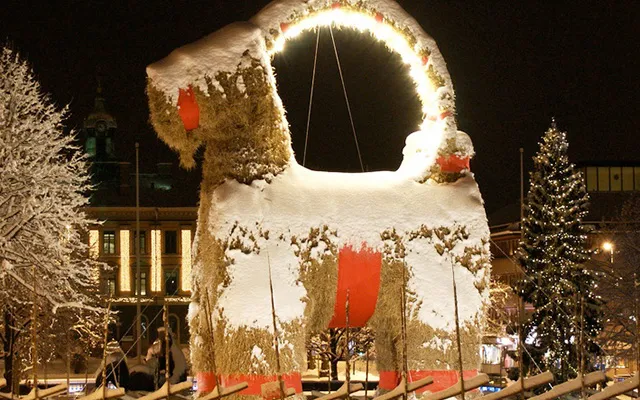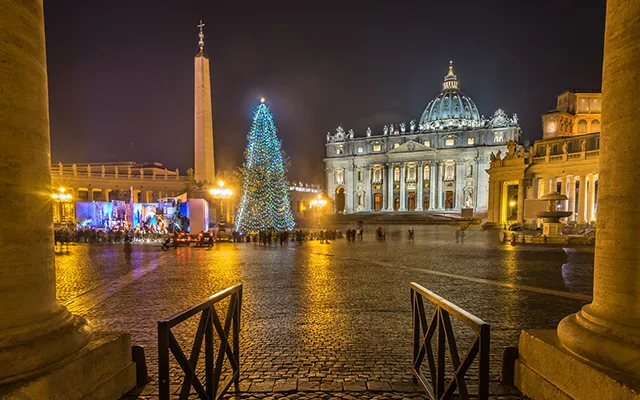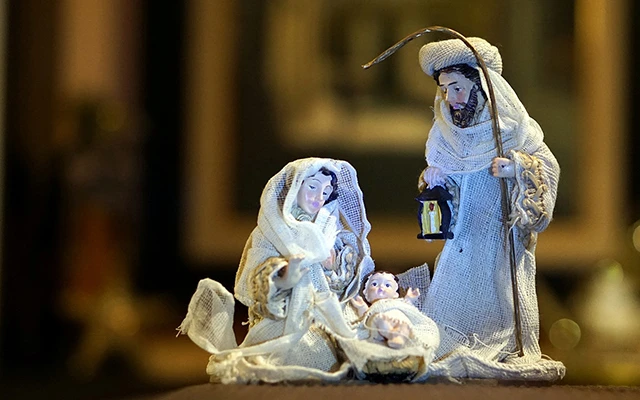Brief facts over the history of Christmas
Have a look at the sequence of historical facts that led Chrismas to become one of the most significant celebrations of western culture.
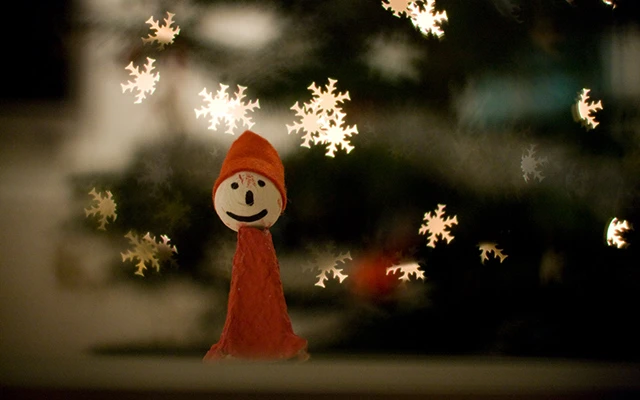
Apart from the religious connotations, Christmas reflects all the cultural and historical influences that determined its' evolving during the centuries. Church and political power as well as art, and technological progress played and an important role. But at the end of the day, the belief and the devout of the observers are probably the most significant elements that transformed it to a fundamental part of the faithful consciousness and made it one of the most important celebrations of Christianity.
Some momentous incidents that prevailed in the historical evolution of Christmas celebration are:
First «date» records
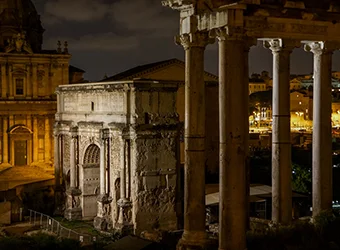
Nativity descriptions of the evangelists Luke and Matthew led the first Christian writers to date Christmas in wintertime. Parallel to that, phrases of the New Testament referring to Jesus as "Sun of righteousness" made the first Christians to relate the newborn baby to the arising of the sun after a long dark period. Consequently, the Christmas celebration marked on the winter solstice and succeded the Roman celebration of Saturnalia which was celebrating the reinstatement of the divine light.
The first written historical text that indicates the 25th of December as the day of birth of Jesus Christ comes in 221 by the chronographer Sextus Julius Africanus, while the first officially recorded Christmas celebration was in Rome on December 336.
The ages of decline
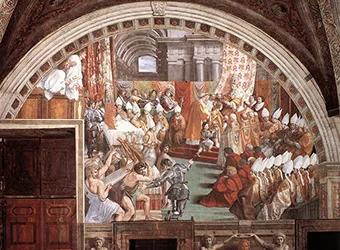
The Arian controversy of the 4th century made Christmas feast to decline. This was a theological dispute that arose between two Alexandrians theologians Arius and Athanasius. The two emerging theological fractions, dealing with the substantial relationship between God the Father and God the Son, divided church for 55 years. Arianism continued to be preached for more years withing the empire until it faded away.
The celebration regained its distinctive status in the 9th century after the crowning of Charlemagne as Roman Emperor on 25th of December 800. Charlemagne has been coroneted by the Pope and this fact together with the date of the event included a series of symbolizations related to the establishment of the "Holy Roman Empire".Emerging of customs
During middle ages Christmas was overshadowed by the celebration of Epiphany. Many communities across Europe were observing Christmas-related celebrations and the Yule Boar started to be introduced as the typical meal of the feast. This period, caroling emerged also as a Christmas tradition. The decoration of the Advent Wreath appears in German Lutheran communities during the 16th century.
Christmas tree
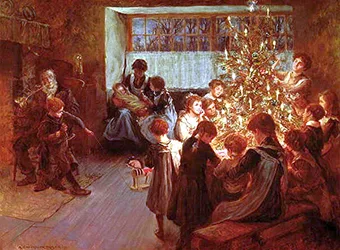
The Christmas tree tradition originates from the Northern parts of Europe where Christian Protestants started to bring decorated trees in their homes during Christmas. Lutheran areas of Germany and Livonia (today's Estonia and Latvia) adopt this custom that is associated to a great extent with the Protestant reformer Martin Luther.
The first official records of a Christmas tree appears in Turckheim, Alsace in 1576 and the main decorating element that time was apples. The first use of candles as a decorating feature of Christmas trees is recorded by a Silesian duchess in 1611. The Christmas tree custom was at first popular among the upper class, but through the years it gained more popularity in all layers of society.
Official forbidance
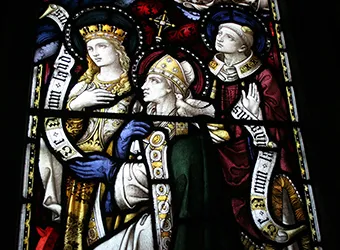
The Puritans of England banned the Christmas celebration during the reformation of the 17th century since it was associated with drunkness, misbehavior, and secularity. Given that Christmas celebrations during the 17th century involved carnival-like celebrations and behavior incompatible with the religious principles, the Puritan community overlooked the Scriptural justification of celebrating Christmas.
Christmas celebrations were cultural taboo for Puritan communities as they were associated with paganism and idolatry customs. The official reformation in England occurred in 1660 with the King Charles the second, while in puritan colonies like New England the holiday remained disputable for until the end of the 19th century when the day declared as an official holiday.
Gift giving
The gift-giving tradition has its' roots in the middle ages when it was observed between people with legal relationships like this between tenant and landlord. But in the 18th century is was established between family members as well. It was a gesture with direct implication to the Magi and the gifts they offered at the Nativity scene to the newborn Jesus. Another perspective of this tradition includes the St. Nicolas or Santa Claus who brings gifts to the children.
Advent Calendar
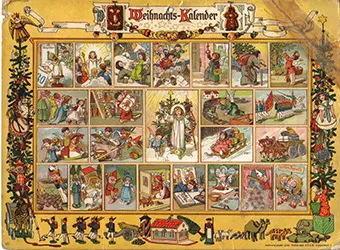
The Advent calendar is a special "countdown calendar" used to mark the Advent period that precedes Christmas. Starting from the 1st of December, it includes 24 openings and its creation is attributed to a Munich housewife of the 19th century.
The first commercial calendars were printed in Germany in 1851 and they are mainly used by Lutheran communities. The theme and the decoration of the advent calendars can vary from the traditional nativity scene to winter weather, sports, and technology. The Nordic countries corresponding to the Advent calendar is the "Julekalender" that is a tv or a radio show starting on the 1st of December and ending on Christmas Eve.
Turning into mainstream celebration
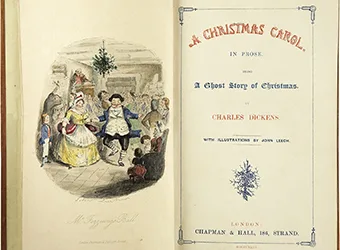
At the beginning of the 19th century, the Christmas celebration gained broader acknowledgment and became the definition of a family feast. This was a result of texts and stories of famous authors like Charles Dickens and Washington Irving
Charles Dickens book "A Christmas Carol" was published in 1843, a period when the British society was exploring and re-evaluating past Christmas traditions and some new-emerged Christmas customs. This and some other books of that period played a significant role to the status and the evolving of the celebration since they connected the festivity to children, family, gift-giving, kind-heartedness, and Santa Claus.
Contemporary secular customs
In the 19th century, Christmas is started to be celebrated widely as a secular family feast. Christmas carols are emerging in different versions and sending Christmas cards is adopted as a new tradition. The first Christmas cards are introduced in England in 1844 by the artist William Dobson who drew some Christmas-themed motives, while two years later the Christmas cards were already spread as a business idea of Cole and Horsley.
